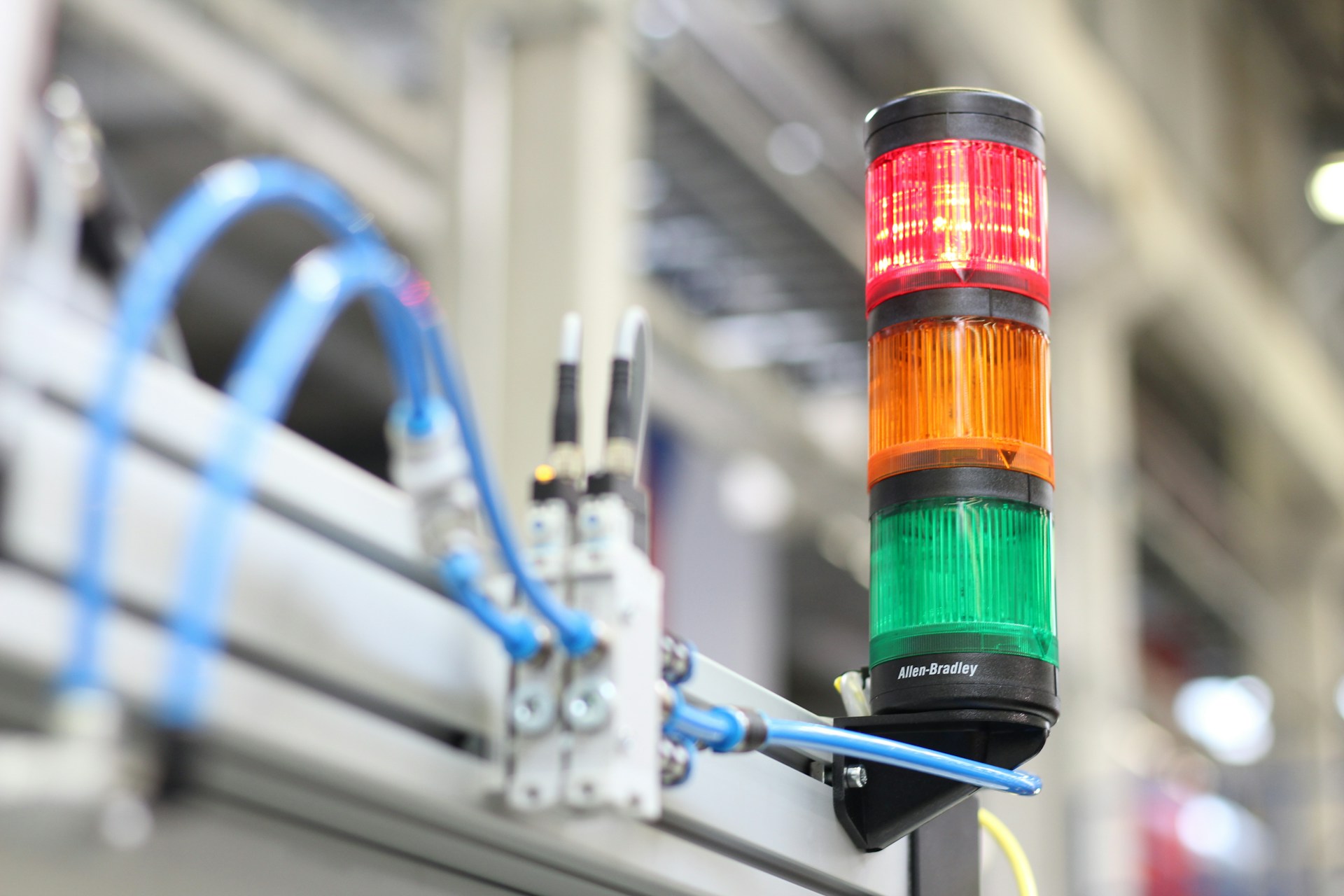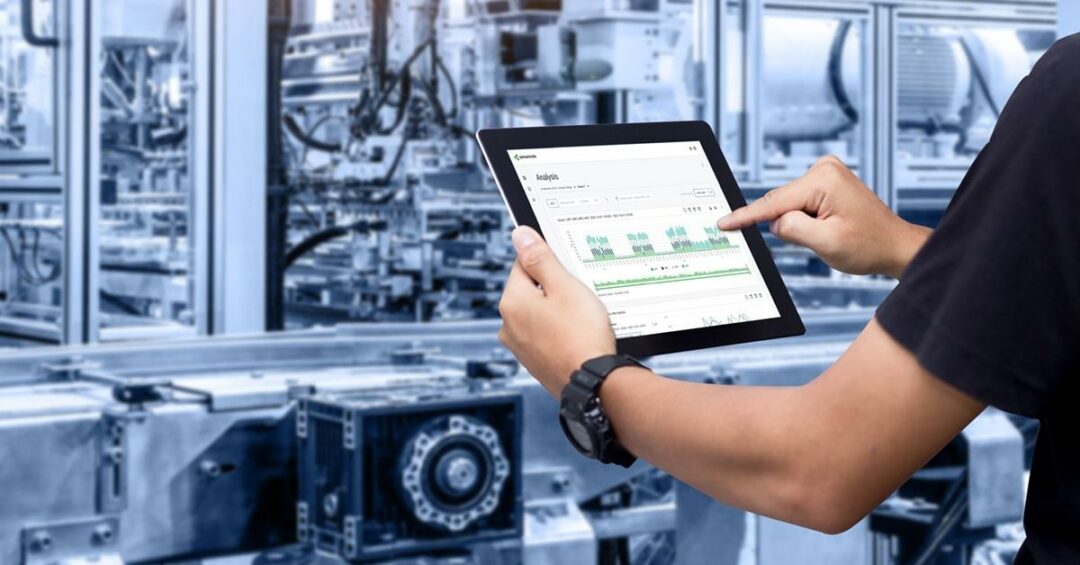Link the purpose of the new IT system and increase the implementation strength towards the goal
What if technology could actually do a relatively large part of the work without you needing to change your workflow? How would that feel?
Are you tasked with making your energy usage more efficient or reporting energy data for your company’s Scope 3 reporting? As a leader, one needs to set a goal and create conditions for everyone to contribute within the framework of their normal workflow. Leadership is something no one else can do, but information and nudging will do a large part of the work towards the goal in everyday life.
Information
Let’s take energy usage in a manufacturing industry as an example. Neither the staff, the customers, nor the shareholders want to pay for a lot of energy that doesn’t do any value-creating work in the operation. Since energy is invisible, no one in the entire organization can maximize the benefit of the company’s purchased energy and thus avoid energy wastage without sub-metering with instruments. Most individuals in the organization do not have such an instrument. And, if they did, would they really run around looking for energy wastage all day? Hardly! Everyone is there to produce as many sellable products as possible.
The likelihood that the operation would become energy-smart without detailed information about its energy usage is close to zero. Therefore, let IIoT technology gather, structure, and process the information in real-time and make it accessible at the fingertips throughout the organization through, for example, public dashboards. Simplified, we can then say that we have the prerequisite in place

Nudging
Let’s stay with the example above. We find that between 5-15% of the potential for energy efficiency is related to the behavior of individuals in an organization. Therefore, collective behavior is often one of the first sub-goals in the work of improving energy efficiency. Now, we aim to achieve desirable behaviors among hundreds of employees in the operation. This needs to be done through communication about what is expected and clear objectives, but what isn’t measured will not be accomplished. Those who achieve the best results work a lot with nudging through dashboards, QR codes, notifications, alarms, and include energy in the meeting before every shift. Here we have some examples of nudging that ensures the goal and information are always accessible, similar to a speedometer in a car.
Are we doing what we agreed upon?
As leaders, we also need to be able to see that the work is yielding the desired outcome and be able to quantify the value of the efficiency efforts. Those who are most successful have automated reports filled with relevant information hour by hour, so one can easily go back in time and follow the development of the collective behaviors direction.
How to succeed
- Have a clear purpose that motivates the initiative – ideally, connect it to a strategic initiative within the company.
- Agree on clear, time-bound goals and sub-goals.
- Make necessary information accessible to everyone at their fingertips within the organization so that the desired behavior becomes part of the normal workflow.
- Leaders should focus on nudging, communication, and follow-up as part of their regular duties.
- Put technology to work so it can do a large part of the job.





